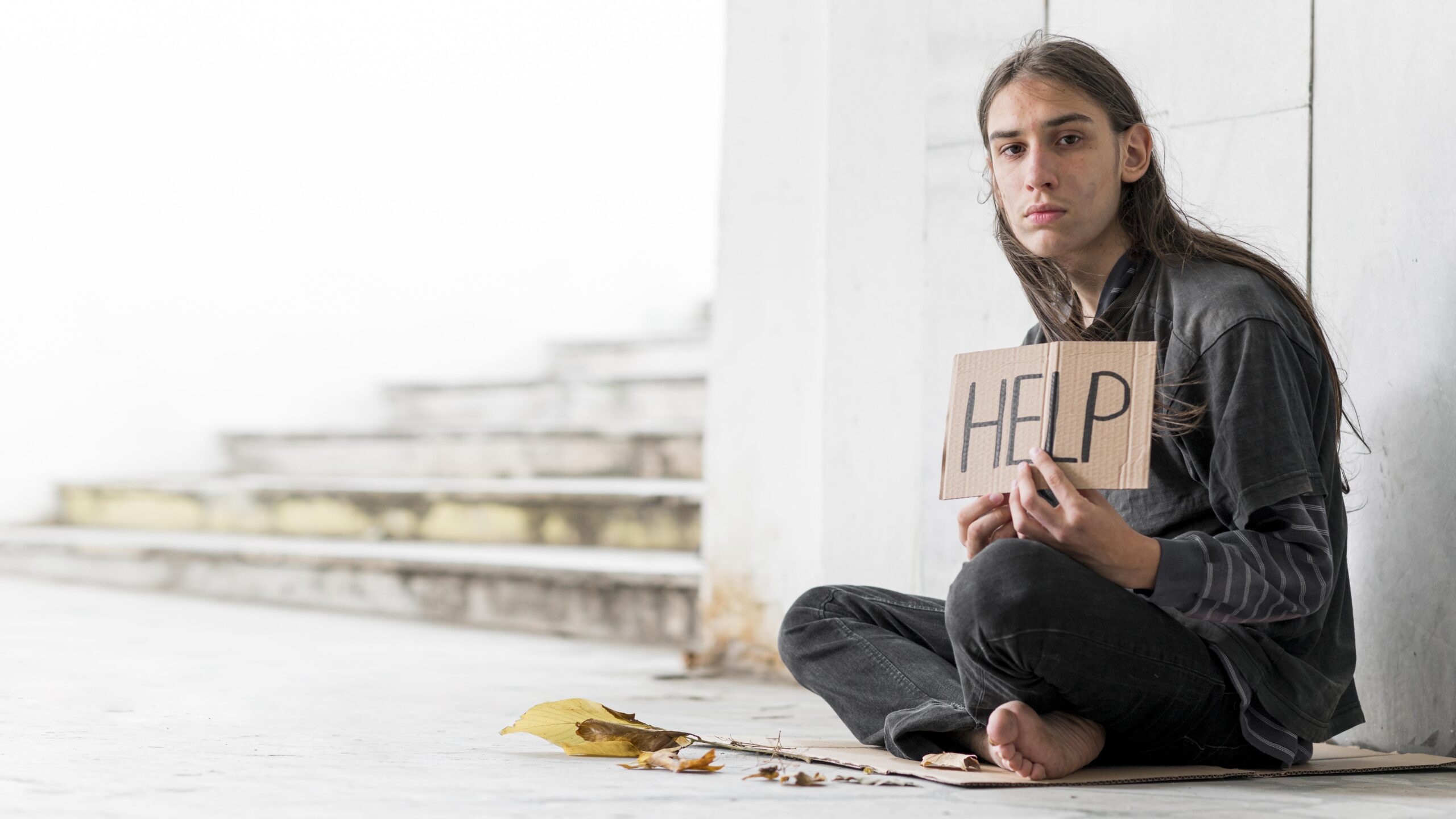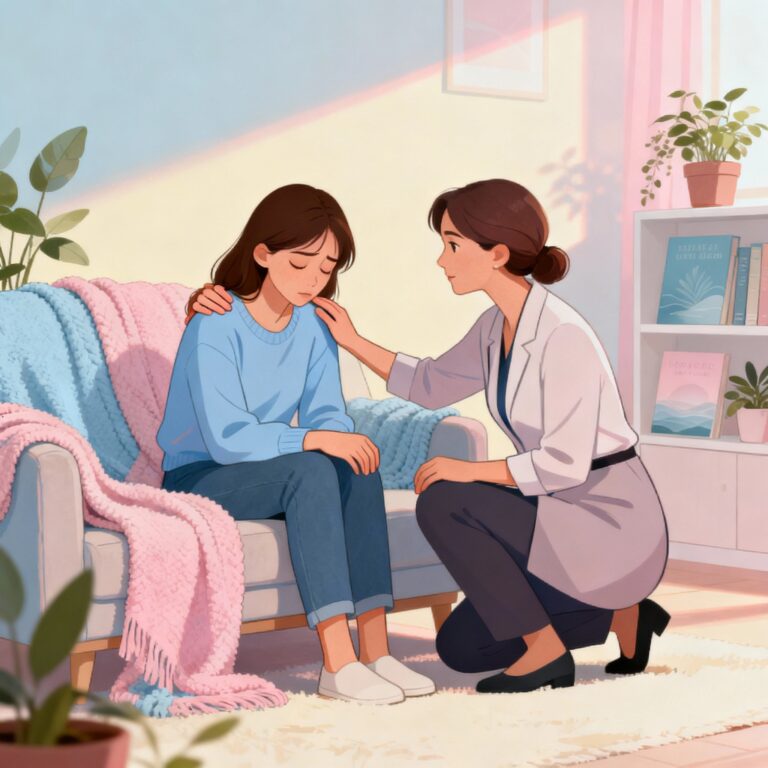The recent tragedy has sparked a broader discussion on the ongoing teen mental health crisis. In response, additional support is being made available to students, families, and staff affected by the loss. The issue of suicidal teens is more pressing than ever, requiring immediate attention and proactive solutions.
Understanding the Challenges Suicidal Teens Face
Leaders from the Rochester chapter of the National Alliance on Mental Illness (NAMI) emphasize that while the traditional social challenges for teenagers remain the same—such as identity exploration, self-image concerns, and peer acceptance—today’s digital age introduces new complexities. The constant exposure to social media and online pressures has intensified these struggles, increasing the risk for suicidal teens.
“At the end of the day, if it’s impacting you, we need to be able to talk about it,” said Haley Amering, Director of Youth and Community Engagement at NAMI Rochester.
One of the most difficult yet critical topics to discuss is suicide, which remains a stigmatized issue despite its growing prevalence among suicidal teens and young adults.
Mental Health Statistics and Trends
According to Monroe County’s 2023-2024 Youth Risk Behavior Survey Report, while there has been an increased focus on mental health support within school districts and the community, a significant number of suicidal teens continue to struggle. The report highlights that female, Black, Latino, and LGBTQIA+ students face disproportionate challenges. Alarmingly, a newly introduced survey question found that only 38% of students who attempted suicide in the past year had sought professional help beforehand.
“It seems like such an extreme that a lot of people feel the need to remove themselves,” Amering said. “At the end of the day, even just one person lost to suicide is too many.”
Recognizing the Warning Signs in Suicidal Teens
Donna Leigh-Estes, Executive Director & CEO of NAMI Rochester, emphasized that mental health struggles are not always visible: “You never know what someone’s thinking. They may appear happy, but internally, they could be struggling.”
Amering advises focusing on the three R’s when assessing a loved one’s mental well-being:
- Responsibilities: Have they stopped completing regular tasks such as chores or schoolwork?
- Relationships: Are they withdrawing from close friendships or social interactions?
- Recreation: Have they lost interest in hobbies and activities they once enjoyed?
By fostering open conversations and providing targeted support, communities can work together to reduce the stigma around mental health and create a safer environment for suicidal teens. This includes implementing school-based mental health programs, encouraging peer support initiatives, and ensuring access to crisis intervention services. Parents, educators, and mental health professionals must collaborate to build a culture where struggling teens feel safe seeking help without fear of judgment.
Frequently Asked Questions –
What are some common signs of suicidal teens?
Signs include withdrawal from friends and activities, drastic mood changes, lack of motivation, and changes in sleep or eating habits.
How can I talk to a teen about mental health?
Approach the conversation with empathy, actively listen, and reassure them that seeking help is a sign of strength, not weakness.
Where can suicidal teens find support for mental health issues?
Schools often provide counseling services, and organizations like NAMI offer resources and crisis support. The 988 Suicide & Crisis Lifeline is also available for immediate help.
How can social media impact teen mental health?
While it can provide connection and support, excessive use can also lead to comparison, cyberbullying, and increased anxiety or depression, affecting suicidal teens.
What should I do if I suspect a teen is suicidal?
Take any warning signs seriously, encourage them to seek professional help, and ensure they have access to crisis resources like the 988 Lifeline.







